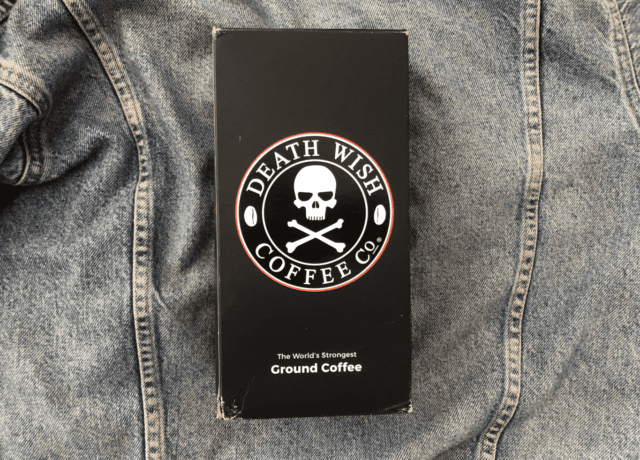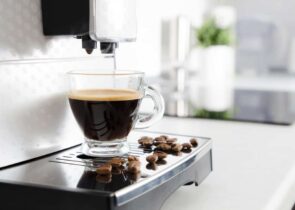A latte and a cup of coffee: the world loves them both. A cup of either can be a great way to kickstart your day. Or, on those difficult sleepy mornings, the only way to get out of bed.
But there’s a difference between a latte and coffee. Is it the hot water? Is it important to have steamed milk? And is it the same as a cappuccino? And what about espresso?
There is a distinction between a latte and coffee and we’re here to help find what sets them apart.
Let’s see the latte vs coffee showdown.
What Is A Latte?
A caffe latte, much like other espresso drinks such as cappuccino or macchiato, is made with espresso and milk. Making espresso is achieved using an espresso machine by applying pressure to finely ground coffee, in combination with near-boiling water.
A latte is normally prepared by combining roughly 1/3 espresso, 2/3 steamed milk, and a small layer of microfoam on top. Often, the barista in your favorite café will ask you whether you want one shot of espresso or two shots in your latte. It is then served in a tall cup, often 8oz in size.
The milk in lattes makes it creamy and delicious! And since there is more milk in lattes than there is in cappuccinos, which are mostly made of espresso and foamed milk, a latte is a heavier beverage.
Just like adding chocolate dusting on the top of a cappuccino, a skilled barista can add a final touch to a latte with latte art on top, making a tulip or a heart with the steamed milk. Can you drink it without ruining the latte art? It is quite a challenge.
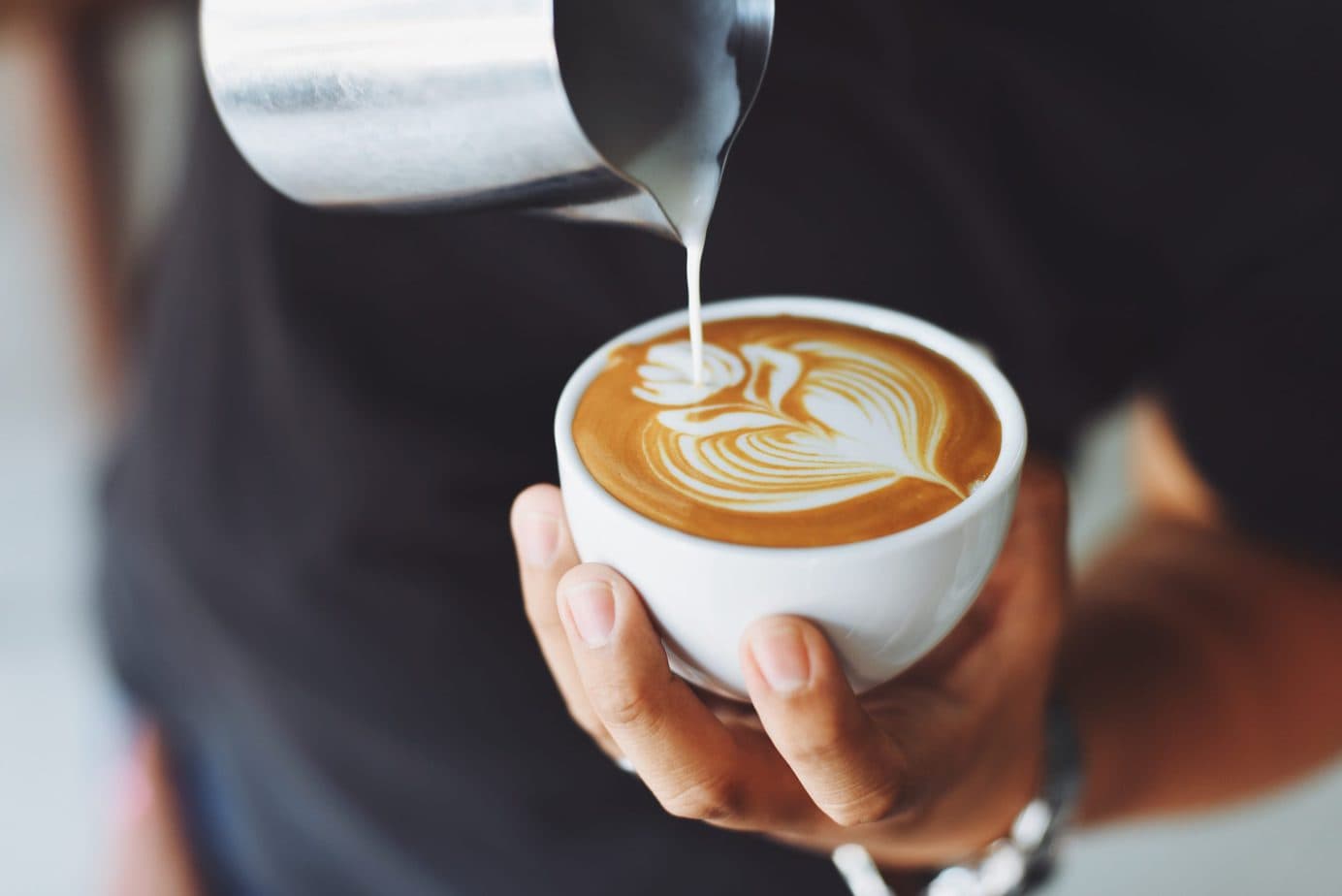
Coffee Is Not Just An Espresso
While the term “coffee” could be used to describe all caffeinated drinks, we’re going to get more specific here. It all boils down to the method of preparation you choose for your coffee grounds.
Espresso is a highly concentrated “shot” of coffee made by forcing pressurized hot water through finely-ground coffee beans (such as arabica or robusta) using an espresso machine. When the same coffee is processed differently, the resulting coffee is much more different too.
Let’s talk about the most common ways of brewing coffee.
Let’s Get Brewing!
Drip coffee
Everybody’s tasted drip coffee before, it is a convenient and easy way to make your coffee. Reflected by the fact that in 2019 it was found that 45% of Americans consumed coffee through this method. They can’t be wrong!
The most popular way of preparing drip coffee is with filter coffee machines. All you need to do is put a filter into a little cone, add your preferred amount of coffee grounds, add cold water to the chamber and turn the machine on.
The machine will produce as much coffee as much water you put into it. It is a great and quick way of making big batches of coffee but it won’t be as strong as espresso.
Moka Pot
The Moka Pot is a staple of every well-equipped kitchen: beautiful to look at and very handy!
This little contraption works by adding cold water into the bottom chamber, then adding finely-ground coffee, approximately 15 to 17 grams (2.5 tablespoons), to the filter above it. Then screw everything together – make sure it’s not too tight – before putting it over a moderate heat with the lid open. When the stream is golden, carefully remove the pot from the heat and close the lid.
Unlike drip coffee, the coffee you will get from a Moka Pot will be concentrated and quite intense – similar to espresso – so you may have to dilute it with some more hot water or add milk.
And don’t forget, Moka Pots vary in size, able to serve one to eighteen 50ml servings of coffee. So if you want to make several coffee drinks in a small Moka Pot, be prepared to repeat the process quite a few times and have lots of milk on hand if needed!
Cafetière (or French Press)
Just like the Moka Pot, a Cafetiére, or a French Press, is a coffee brewer that is very common. Making a coffee this way is very easy and convenient too. Once you’ve added your desired amount of coffee grounds into the empty beaker, add hot water (199–205 °F/93–96 °C) with the recommended ratio of 30g of grounds to approximately 17 US fl oz (500ml) of water. Then, let it brew for two to four minutes, before lowering the plunger slowly.
Don’t forget that leaving the brewed coffee in the chamber for too long will make your coffee drink taste bitter unless you like it made like that. Top it up with milk or water too, if needed.
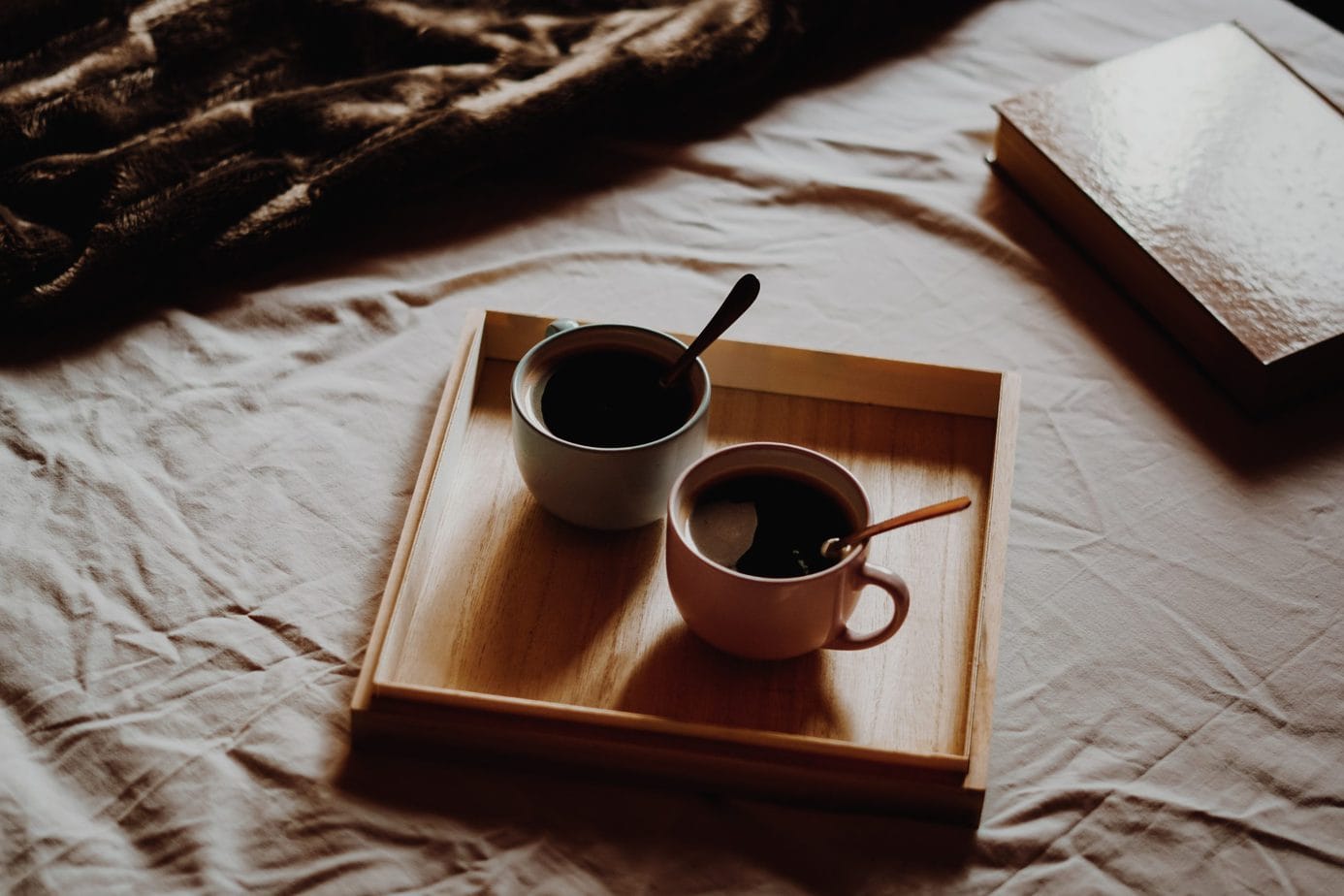
How Do I Choose?
The drink you choose each time depends on your preference, which can, of course, change every day. While sometimes you might feel like a creamy latte or a cappuccino, sometimes you just want a simple black coffee.
Here are some of the deciding factors to consider.
Strength
Typically, a caffe latte made in a café will include either one or two shots of espresso. This is also true for a macchiato, cappuccino, espresso, and americano. There is a limit to how much coffee grounds can be in a coffee bed, so the coffee you buy at a cafe can only be so strong.
Also, a caffe latte is made up mostly of steamed milk, so the strength of the espresso is diluted.
While you are also limited by how much coffee you can add to a Moka Pot, Cafetiére or Drip Coffee machine, there is a lot more freedom with these methods – you can add as much or as little coffee as you’d like, within reason.
Taste
The beauty of brewing coffee at home is that you can choose, milk or no milk, chocolate on your cappuccino or not at all! In a café, your barista may offer you different varieties of beans to choose from for your latte, cappuccino or other espresso-based drink, but this doesn’t always happen.
Coffee beans, depending on what kind of bean they are, how they’re farmed and processed, blended and roasted can have a huge variety of flavors! It’s a lot of fun to try different coffee out for yourself. Brewing coffee at home allows you to experiment with different coffee beans and various single-origin coffee, for the real coffee snobs out there.
Convenience
Although ordering a latte or a cappuccino from your favorite café seems convenient, nothing is as handy as being able to make your coffee at home. It is true, however, that your café is usually better equipped to make espresso drinks or steamed milk.
Because of that, even if you can easily make your coffee at home, when you feel like a latte or a cappuccino, it might be a better idea to get it from your cafe which has a powerful machine and will brew your espresso and steam your milk to perfection.
Thanks to the boom in coffee house culture, it’s now easier than ever to get a cup of coffee made exactly how you like it. Sometimes the prospect of heading out and grabbing a latte, cappuccino or espresso from your favorite local cafe is exciting, but other days you’d rather make it in the comfort of your own home… the choice is yours!
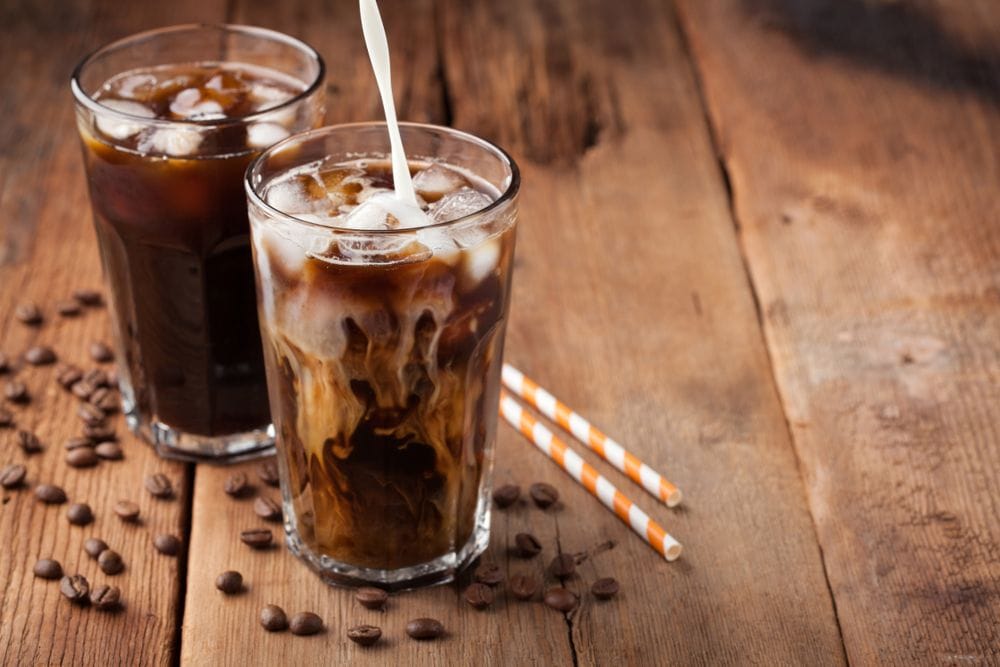
Latte? Check. What about the others?
Now that you know what a latte is, are you curious to see a latte vs cappuccino showdown? Or maybe you’ve been asking yourself: what is a flat white coffee? Don’t worry, any questions you have, we’ve got you covered.
Whether you choose a latte or a coffee the next time, just make sure you stay caffeinated!


